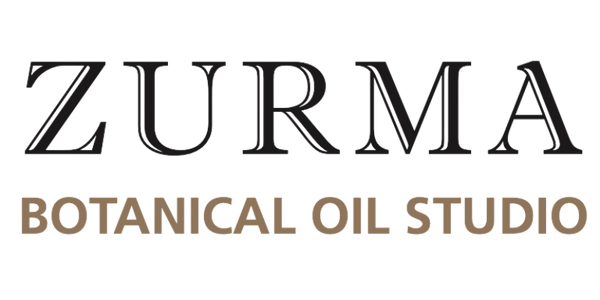Cinnamon Bark Essential Oil
Cinnamon Bark Essential Oil
Couldn't load pickup availability
Cinnamon Bark oil has a strong, warm, spicy and sweet aroma, enjoyed by many. Due to its high cinnamaldehyde content, this oil should not be used on the skin or mucous membranes even when diluted Cinnamon Leaf is a better option. Helps relieve stressed and exhausted conditions. When a comforting scent is required it can be used in low doses in a blend in diffusers and candles.
Botanical Name: Cinnamomum zeylanicum
Method of Extraction: Steam Distilled
Part Typically Used: Dried Inner bark
Class: Aldehyde
Perfumery Note: Middle
Country of Origin: Sri Lanka
Typical Major Constituents
Cinnamaldehyde - 65%
Eugenol - 8.%
Cinnamyl acetate - 5%
Linalool - 4%
Caryophyllene - 2%
Copaene - 2%
1,8-Cineole - 2%
Benzaldehyde - 1%
Description: Pale dark yellow oil it has a strong warm spicy, sweet odour.
Actions: Antiseptic, Antimicrobial, Antidote (to poison), Parasiticide, Vermifuge, Antispasmodic, Stimulant (circulatory, cardiac, respiratory), Carminative, Digestive, Stomachic, Aphrodisiac, Antidiarrheal, Anthelmintic, Antiputrescent, Hemostatic, Refrigerant
Special use: Fragrance, Dental Preparations, Cough syrups, Food flavoring
Blends Well With: Ylang ylang, Orange, Mandarin, Benzoin.
Safety Data: Bark oil is Dermal toxic, irritant and sensitizing. Also irritant to mucous membranes. Should never be taken internally or used on skin.
General Essential Oil Safety Recommendations
Do not take essential oils internally unless under advisement by a qualified medical professional.
Do not use essential oils undiluted on the skin. It is always best to try a small patch test first of the diluted essential oil.
People who are pregnant or have serious medical problems are advised to consult with a qualified aromatherapy practitioner before using essential oils.
Use extreme caution when using essential oils with children. It is safest to consult with a qualified aromatherapy practitioner before using essential oils with children.
General Disclaimer
The product information provided on this website is intended for educational purposes only. The information provided is not considered to be complete and is not guaranteed to be accurate. The information contained in this website is not intended to be sufficient to provide diagnosis and/or treatment of medical conditions. It is recommended that treatment of serious health conditions be done with the help of a trained qualified medical practitioner.
Share


To ensure our essential oils are not diluted to adulterated, Zurma Essential Oils undergo rigorous testing, including Certificate of Analysis (COA) and Gas Chromatography-Mass Spectrometry (GCMS) analysis. This meticulous testing process guarantees the purity, potency, and authenticity of our oils.


